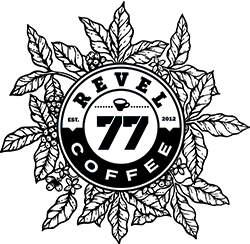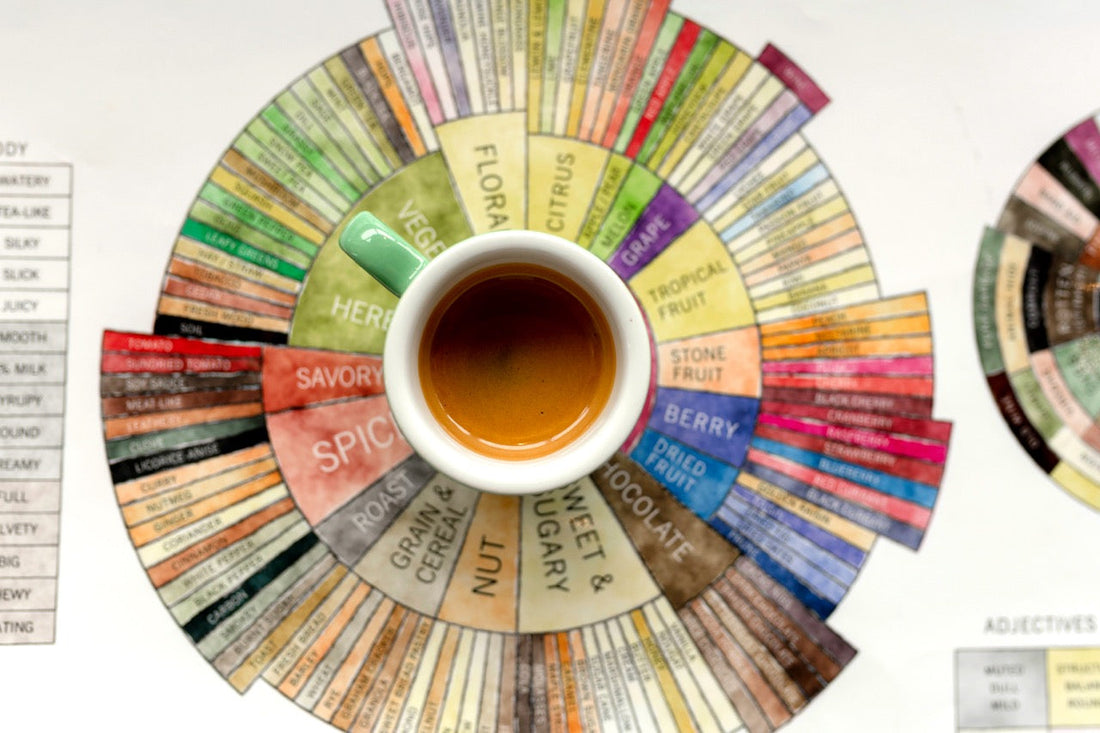You want that idealic coffee experience. You want to wake up and be hit with an amazing sensory experience of smell and taste, and that also has the benefit of waking you up.
But that’s not what you get.
Whether it’s at a coffee stand or shop or in your own home, your coffee isn’t tasting right.
It’s flat.
It’s burnt.
It’s bitter.
Or it’s sour.
Either way, it’s leaving you feeling lackluster and blue.
Why? What is causing that?
Why do some cafes have amazing coffee, and others don’t?
Why does your coffee at home leave you wanting?
We’ve worked hard to produce the best coffee in Spokane, and have found that it comes down to 4 things. Pillars if you will.
If you miss on any of these, no matter how much money you spend, how many hours you practice, or different formulas you experiment with, your coffee will be toast.
And that’s what this series is about.
We want to give you the tools to have a top-notch coffee experience every time.
What are those pillars you ask?
Coffee Quality, Roast Level, Water Quality, and Brew Recipe.
If you’re buying low-quality beans, your coffee will taste bad.
If you’re coffee is properly roasted, your coffee will taste bad.
If you’re using poor-quality water, your coffee will taste bad.
And if you (or your barista) doesn’t know how to prepare coffee, it will taste bad.
Any one of these issues on their own can torpedo your cup, and if you miss on all 4, you don’t stand a chance.
It sounds like a lot, but we’re going to break it down into 4 simple articles about each of these issues.
And by the end, you’ll be a coffee mystro. Ready to brew coffee not just on par with the best coffee in Spokane, but around the world.
Let’s get started.
Pillar 1: Coffee Quality - You Can’t Squeeze Lemonade From A Pine Cone
Why Quality Is King, And If You Get This Wrong, Nothing You Do Will Matter
Coffee quality is the cornerstone of the whole process.
Most people don’t know that coffee has more flavor compounds than wine!
You can get fruity flavors like blueberries, peaches, plums, and apricots.
Or floral flavors like jasmine, lavender, and bergamot.
Or other flavors like roasted walnuts, milk, and dark chocolate, and sometimes even marinara sauce (no joke!).
And these aren’t hidden notes that the roaster puts on the bags but aren’t there.
If you have good coffee, these flavors will pop.
Even the most unsophisticated coffee drinker will be able to taste them.
I can’t tell you the number of times I’ve had someone say, “I don’t have a good palate, I can’t taste that stuff” and after I give them a taste, their eyes light up and they say, “Oh wow, I taste that! I didn’t know coffee could taste like this!”
But not all coffee is created equal.
Most coffee grown around the world is mass-produced and given little care.
The farmers don’t attend to the plants well, and its mass-harvested whether the coffee cherries are ripe or not.
Meaning much of the green coffee we get in the States doesn’t have any flavor. Making it hard to the find the best coffee (even more so here in Spokane).
Whereas specialty coffees are different. Specialty farmers treat their plants with care, often exceeding the USDAs organic certifications. They harvest at peak ripeness. And they processed the beans with expertise, all of which means the beans have most flavor possible.
But we’re a country born and raised on dark-roasted “bold” coffee.
And even if you go looking for high-quality coffee beans, it can be hard in the States.
We’ll get into this more in the next article, but dark roasts destroy the natural flavor of coffee. It’s like scorching onions on the stove. All you’re left with is burnt carbon.
However, it’s the only way to get flavor from a low-to-medium-quality bean, albeit a burnt flavor.
So why would high-quality producers sell to a country that is by and large a dark roast market?
And why would a roaster pick the $8/lb specialty bean over the $2/lb commodity bean if they can’t taste a difference after roasting it?
That’s one of the reasons I believe high-quality beans are so hard to find in this country.
But it gets worse...
Unless a roaster has traveled the world and tried all sorts of coffee, they might not know any better.
They could buy coffee claiming to be high quality, roasting it light, and still get nothing out of it, causing them to think they have to roast coffee darker to get any flavor.
You can be the best roaster on the planet and still not have any luck with low-quality beans.
If the flavor isn’t there… it just isn’t there!
And all the fancy roasting tools and equipment won’t help you. You can’t squeeze lemon juice from a pine cone.
Ask me how I know… I’ve been there!
That being said, it’s not impossible to find high-quality beans here, it’s just harder.
You have to find the diamonds in the rough.
That’s why on our endeavor to make the best coffee in Spokane, we start with the highest quality beans we can find. And why you have to find a roaster that does likewise.
So how do you know if the roaster you’re going to is truly specialty?
How do you know if they’re using the highest-quality beans?
How does it taste?!
Good coffee will pop.
You won’t have to go “looking” for the flavors.
They’ll just be there. Loud and proud.
That’s the biggest indicator. The bag can talk a big game, but if it doesn’t taste exceptional, then it isn’t.
Is it smooth and rich and flavorful? Is it bursting with fruity and floral flavors? Is it nutty and chocolatey without tasting burnt and ashy?
If it doesn’t, then no matter what the bag says, or what the barista behind the counter says, it’s not the highest quality.
It is possible that the roaster messed it up, and we’ll talk about that next.
But in short: A bad roaster can ruin great coffee, but a great roaster can’t make bad coffee taste good.
If you start with a bad bean, you won’t get very far and the other pillars won’t matter.
At the end of the day, if the coffee you ended up with isn’t flavorful, you need to find a different roaster. End of story.
In the next article, we’ll discuss the next pillar of the process to excellent coffee, and how roasting can either make or break an exceptional bean.
Until next time, happy sipping!
Sean Edwards
Owner/Head Roaster

